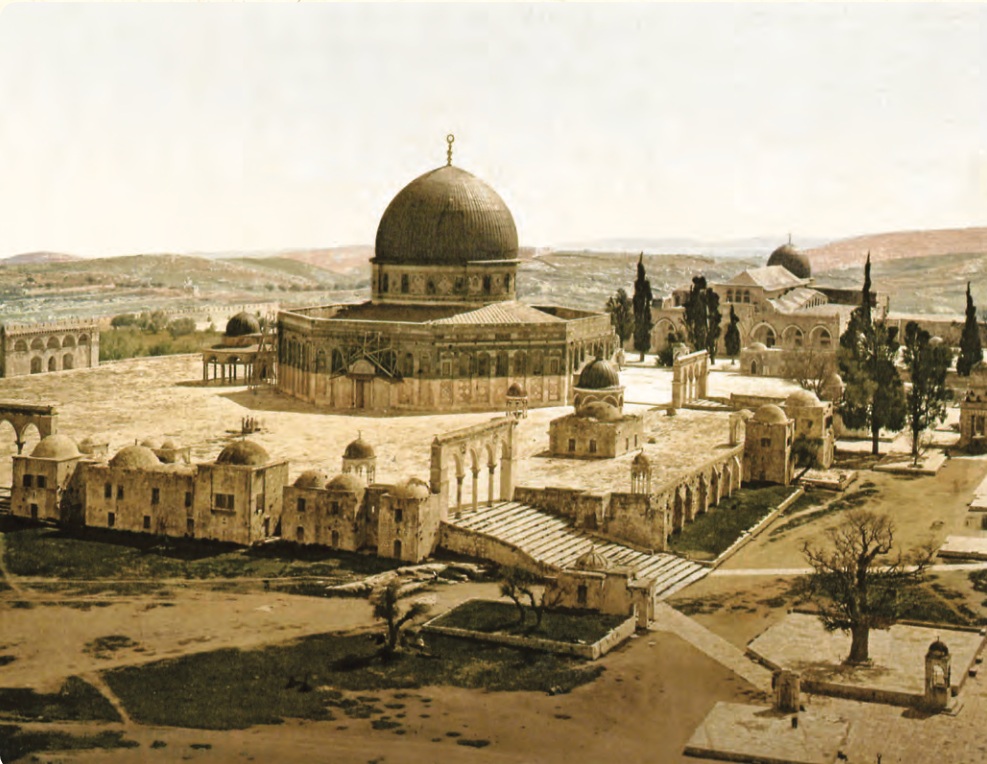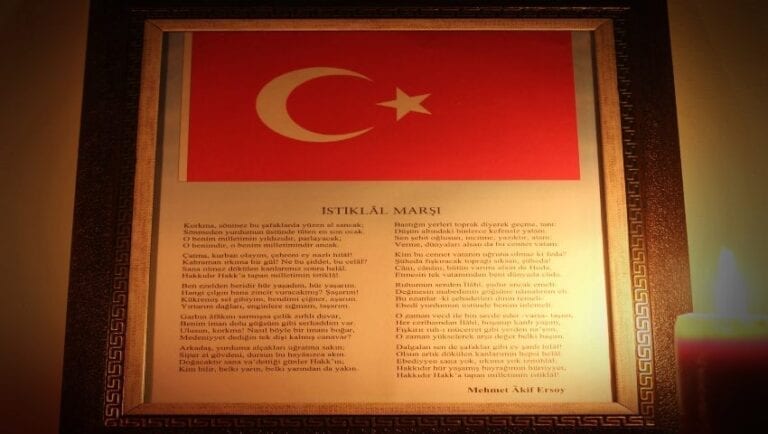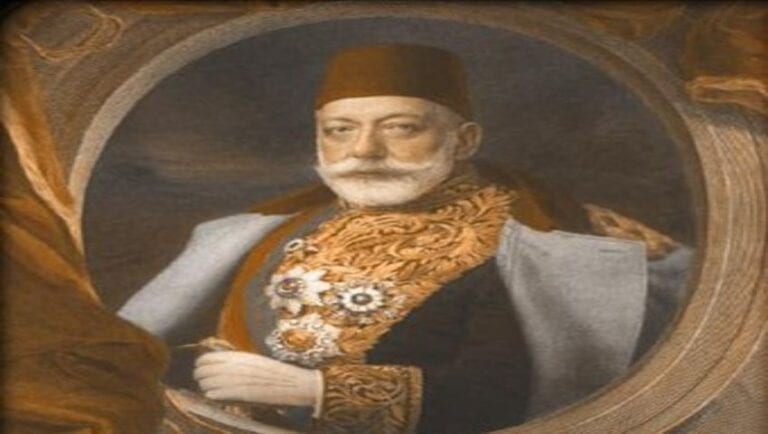Table of Contents
Let’s take a casual stroll through the sands of time, where every stone and ruin has a story to tell. In Turkey, this feels especially true – it’s a place that acts like a time machine for the spiritually curious. Imagine walking the same paths where apostles like Paul literally left their footprints, or gazing at Mount Ararat, wondering if Noah’s Ark is still hidden somewhere up there. Turkey is a treasure chest of biblical stories, each site a page from a history that feels almost too magical to be true. Ephesus, for example, isn’t just an archaeological site; it’s where “Paul…entered into the synagogue, and reasoned with the Jews” (Acts 18:19). This journey through Turkey’s top 10 biblical sites is like flipping through the pages of a living Bible, where history and faith paint a picture so vivid you might swear you can hear the ancient walls talking.
Explore Biblical Turkey
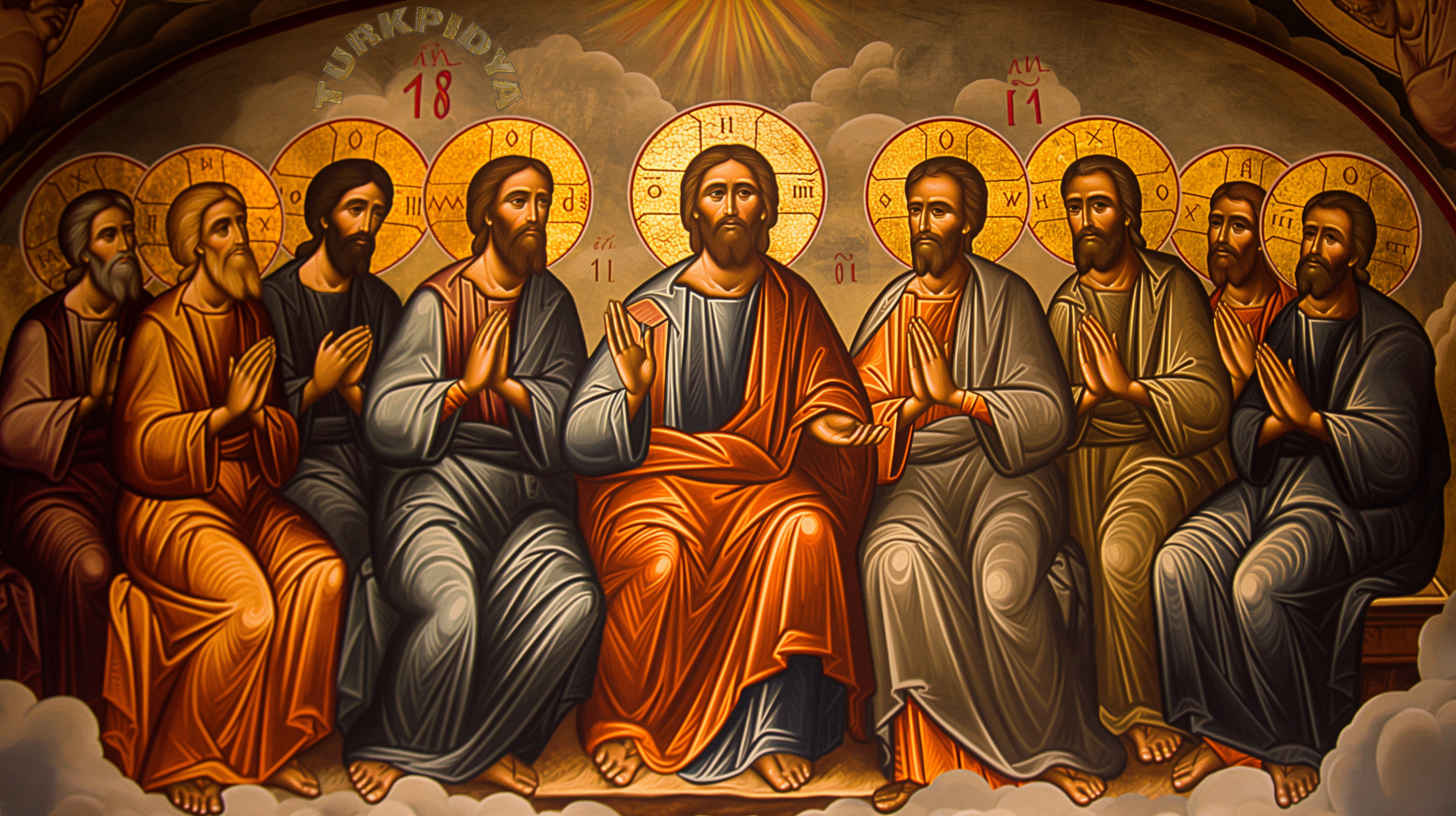
Most famous Biblical Sites in Turkey
| Biblical Site | Modern Location | Modern Province |
|---|---|---|
| Ephesus | Selçuk | İzmir |
| Antioch on the Orontes | Antakya | Hatay |
| Tarsus | Tarsus | Mersin |
| Hierapolis | Pamukkale | Denizli |
| Laodicea | Near Denizli | Denizli |
| Mount Ararat | Doğubayazıt | Ağrı |
| Pergamum | Bergama | İzmir |
| Smyrna | İzmir | İzmir |
| Philadelphia | Alaşehir | Manisa |
| Sardis | Sart (near Salihli) | Manisa |
And now here is the locations in detail:
Ephesus
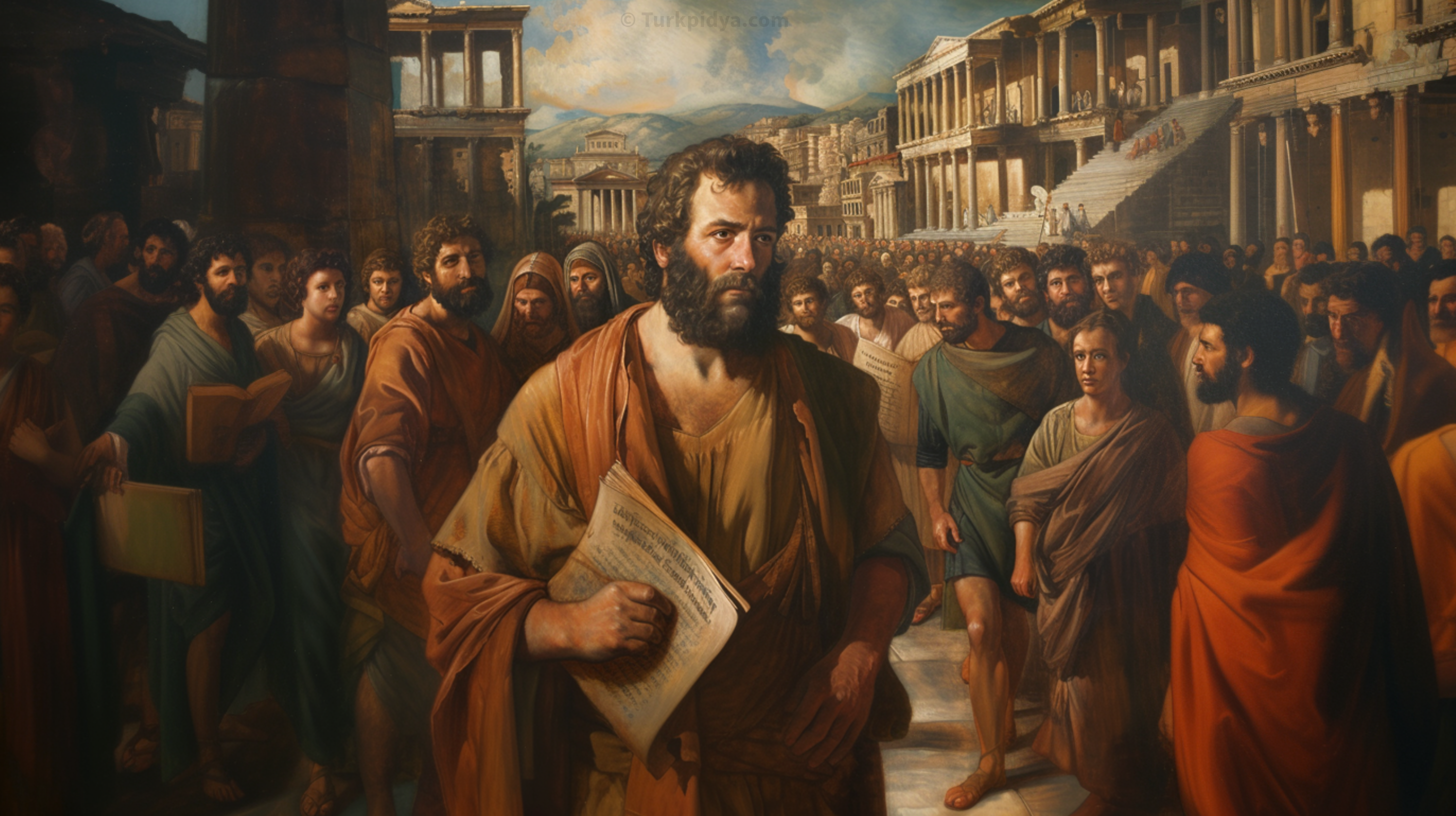
- Location: Ephesus is situated on the western coast of modern-day Turkey, near the town of Selçuk in the İzmir Province.
- Historical Significance: Once a major Roman city, Ephesus was an important center for early Christianity.
- Biblical References:
1-
And he came to Ephesus, and left them there: but he himself entered into the synagogue, and reasoned with the Jews
Acts 18:19
2-
Paul, an apostle of Jesus Christ by the will of God, to the saints which are at Ephesus, and to the faithful in Christ Jesus
Ephesians 1:1
- Today’s Ephesus: The archaeological site includes well-preserved ruins, such as the Great Theater and the Library of Celsus, offering insights into the city’s past and its role in the spread of Christianity.
Antioch on the Orontes (Antakya)
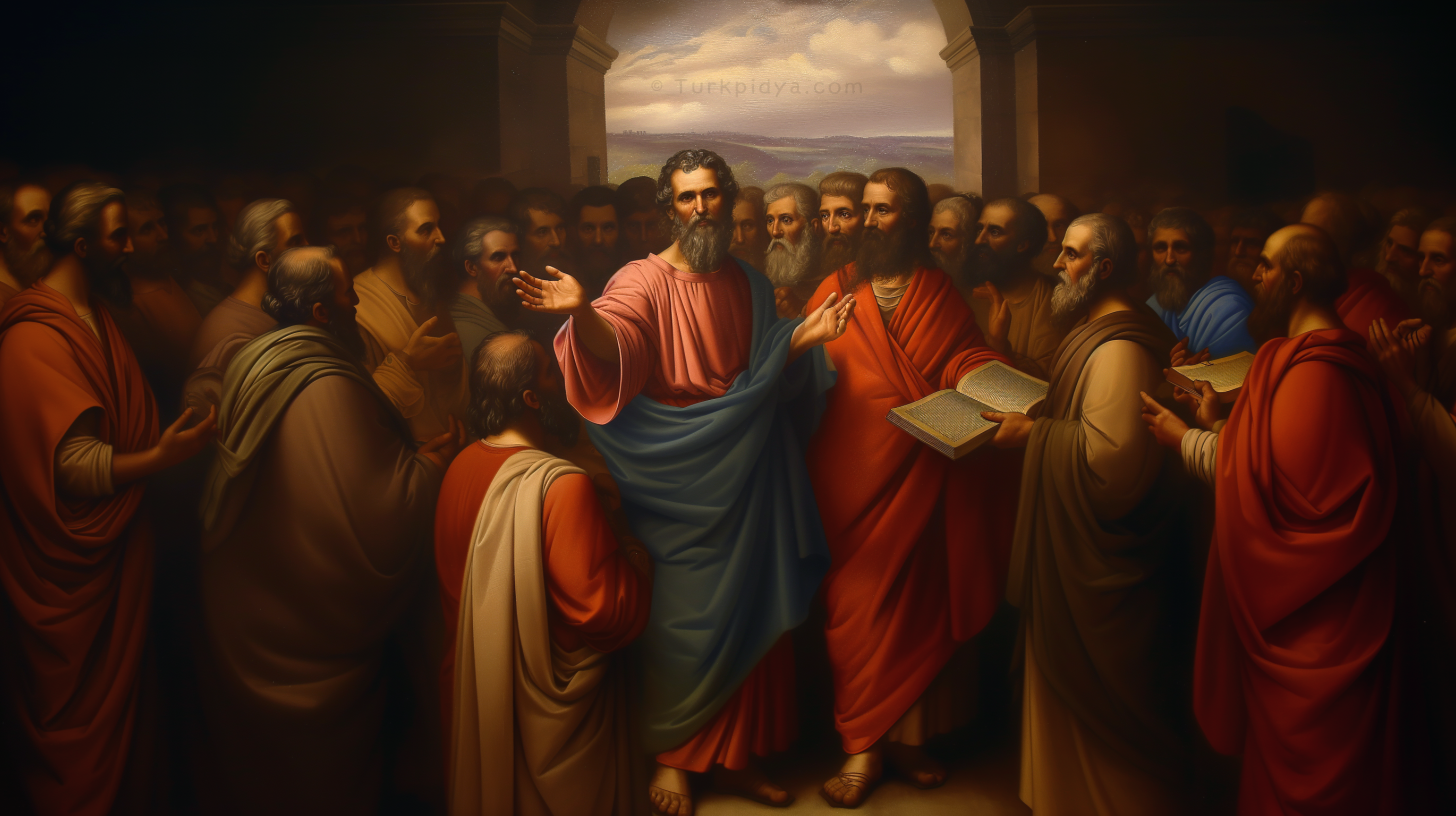
- Location: Antioch on the Orontes, known today as Antakya, is located in the Hatay Province in the south of modern-day Turkey.
- Historical Significance: Antioch was a pivotal city in early Christian history, serving as a major center of Christian thought and missionary activity.
- First Christians: Notably, it was in Antioch that the followers of Jesus were first called Christians, marking a significant milestone in the development of Christianity (Acts 11:26).
- Today’s Antakya: Present-day Antakya retains its historical charm and houses several sites of archaeological and religious interest, including the Church of St. Peter, one of the earliest Christian houses of worship.
- Biblical References:
And when he had found him, he brought him unto Antioch. And it came to pass, that a whole year they assembled themselves with the church, and taught much people. And the disciples were called Christians first in Antioch
Acts 11:26
Tarsus
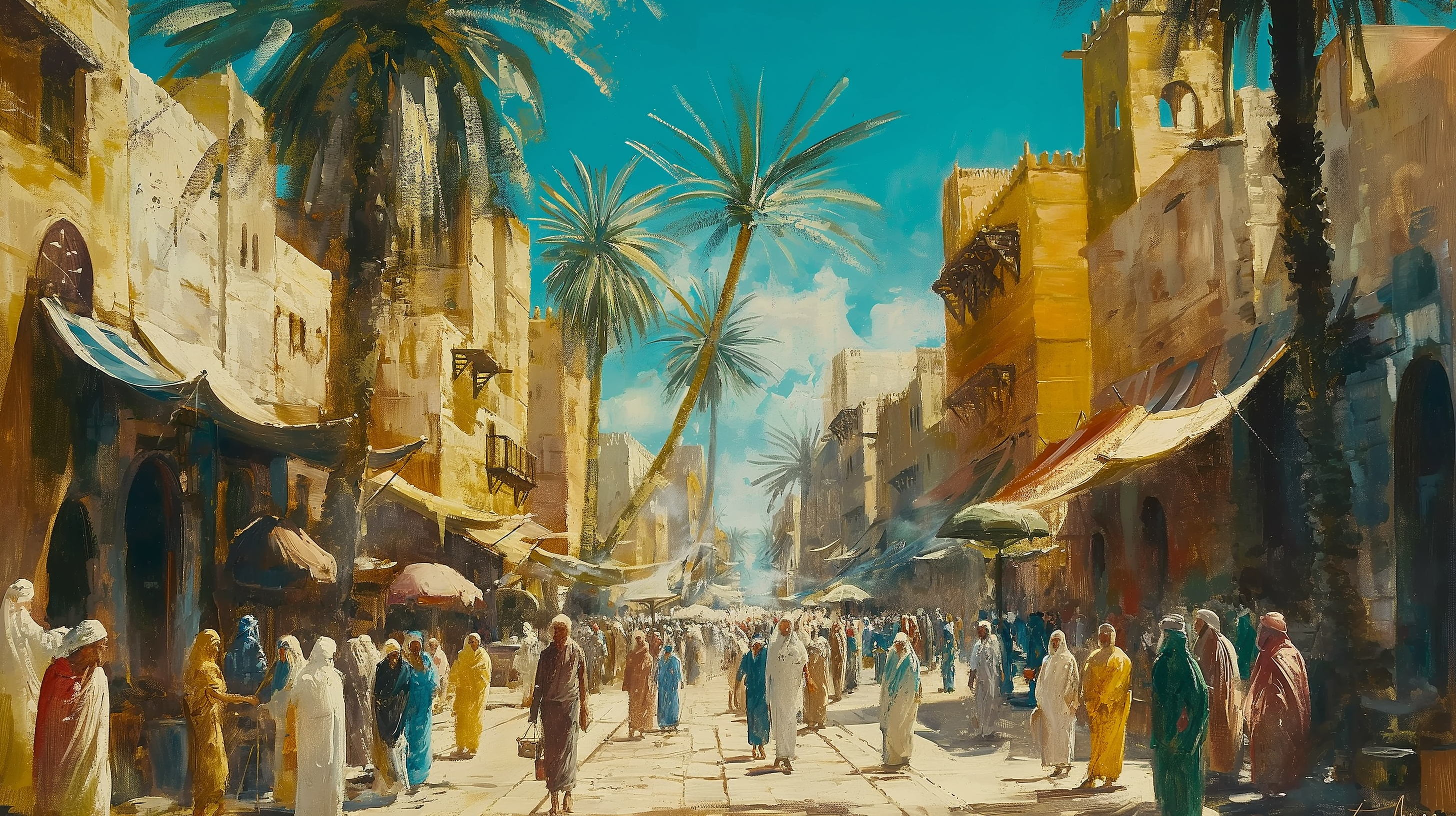
- Location: Tarsus is located in the Mersin Province in the south-central part of modern-day Turkey.
- Historical Significance: Tarsus is known as the birthplace of Saul (who would become Paul the Apostle), a central figure in the spread of Christianity.
- Biblical Reference
And the Lord said unto him, Arise, and go into the street which is called Straight, and inquire in the house of Judas for one called Saul, of Tarsus: for, behold, he prayeth
Acts 9:11
- Today’s Tarsus: Modern Tarsus offers visitors a blend of historical and biblical sites, including ancient ruins and the well of St. Paul, believed to be part of Paul’s family home.
- Visitor Experience: Those visiting Tarsus can explore archaeological sites that trace back to Roman times and beyond, offering a window into the life and times of one of Christianity’s most influential figures.
Hierapolis (Pamukkale)
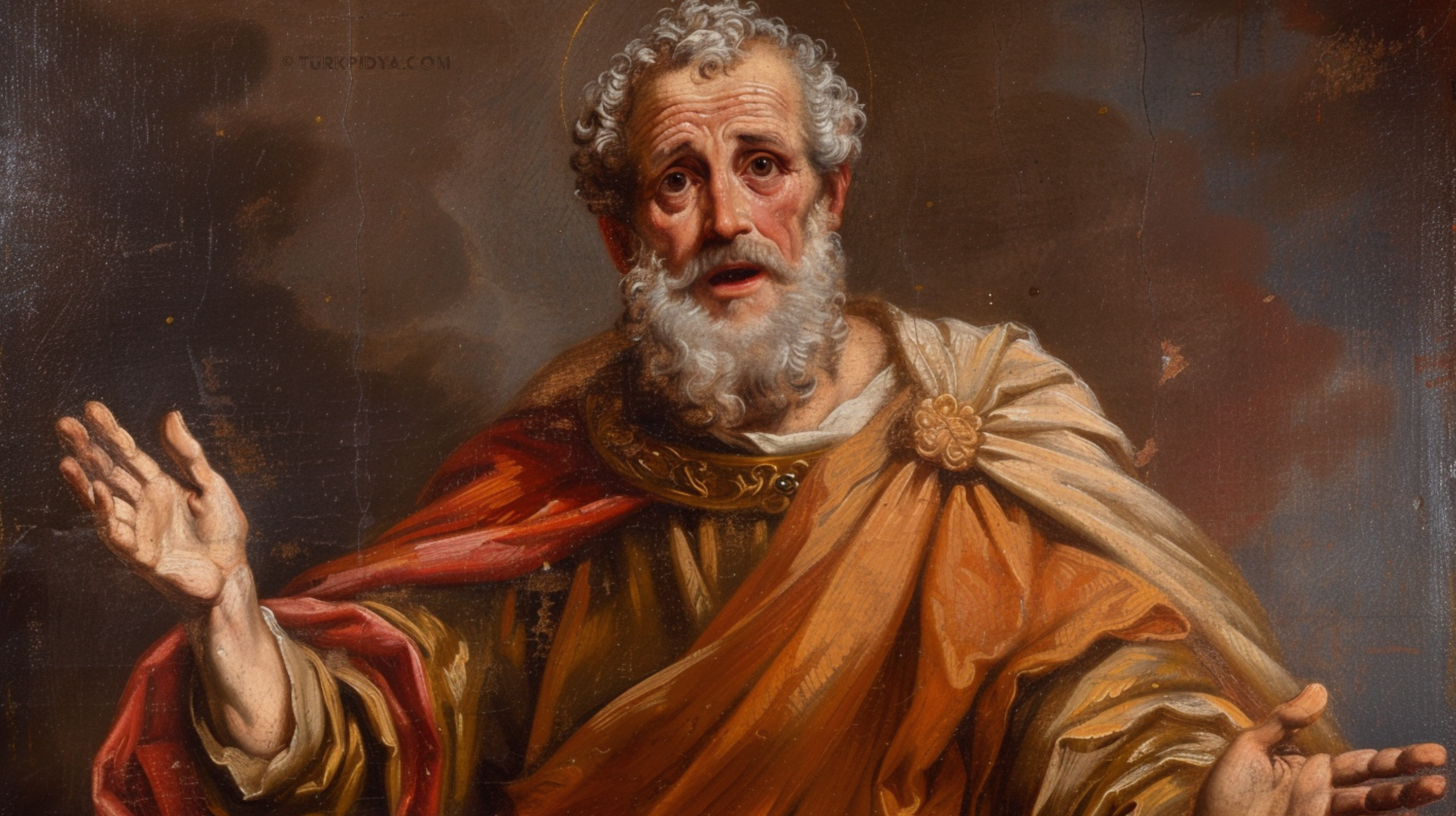
- Location: Hierapolis is located adjacent to the natural wonder of Pamukkale, in the Denizli Province of southwestern Turkey.
- Historical Significance: An ancient Greco-Roman city, Hierapolis was known for its thermal springs and as a healing center, attracting people from various regions for its therapeutic waters.
- Biblical Reference:
For I bear him record, that he hath a great zeal for you, and them that are in Laodicea, and them in Hierapolis.
Colossians 4:13
- Connection to Early Christianity: Hierapolis is significant in early Christian history, with its mention suggesting a thriving Christian community in the city alongside Laodicea and Colossae.
- Today’s Hierapolis: The archaeological site of Hierapolis offers visitors the chance to explore ancient ruins, including a well-preserved theater, the Necropolis, and the Antique Pool, believed to have healing properties.
- Visitor Experience: Modern visitors to Hierapolis can not only walk through the ruins of this ancient city but also bathe in its famed thermal springs, experiencing a piece of the ancient world’s luxury and spiritual ambiance.
Laodicea

- Location: Laodicea is situated in the western part of modern-day Turkey, near the city of Denizli.
- Historical Significance: Laodicea was an affluent ancient city known for its banking industry, medical school, and textile production.
- Biblical Reference
And unto the angel of the church of the Laodiceans write; These things saith the Amen, the faithful and true witness, the beginning of the creation of God; I know thy works, that thou art neither cold nor hot: I would thou wert cold or hot. So then because thou art lukewarm, and neither cold nor hot, I will spue thee out of my mouth
Revelation 3:14-16
- Spiritual Implications: The message to Laodicea is often interpreted as a warning against complacency and a call to genuine faith and commitment in Christian life.
- Connection to Early Christianity: The rebuke of the Laodicean church highlights the city’s importance in early Christian history as one of the Seven Churches of Revelation.
- Visitor Experience: Visitors to Laodicea can explore an extensive archaeological site that offers insights into ancient urban life and the early Christian church’s challenges and dynamics.
Mount Ararat

- Location: Mount Ararat is situated in the eastern part of Turkey. It is a twin-peaked mountain, with Greater Ararat being the tallest peak in Turkey.
- Historical and Biblical Significance: Mount Ararat is traditionally identified as the resting place of Noah’s Ark after the biblical flood, making it a site of great interest and significance in Judeo-Christian traditions.
- Biblical Reference
And the ark rested in the seventh month, on the seventeenth day of the month, upon the mountains of Ararat.
Genesis 8:4
- Exploration and Archaeology: Over the years, Mount Ararat has attracted explorers and archaeologists searching for evidence of Noah’s Ark, though no conclusive evidence has been found to date.
- Visitor Experience: While the mountain is a popular destination for mountaineers and hikers, its harsh conditions and political sensitivities in the region can make access challenging. Visitors often admire the mountain from afar, contemplating its significance and the mysteries it holds.
Pergamum (Bergama)
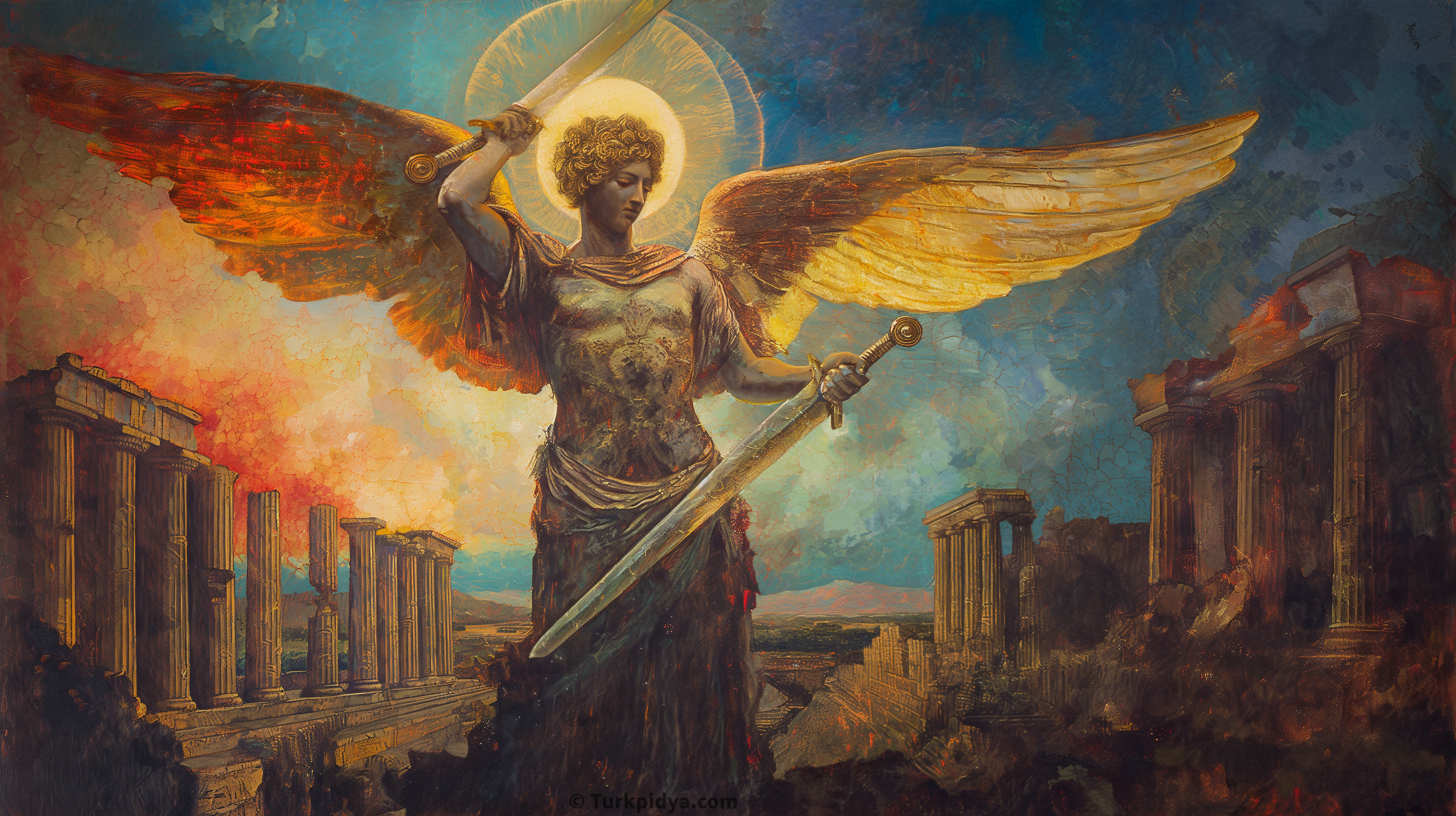
- Location: Pergamum (now Bergama) is located in the İzmir Province in the northwest of modern-day Turkey.
- Historical Significance: An ancient Greek city, Pergamum was renowned for its cultural and political importance, housing one of the ancient world’s most significant libraries and serving as a major center for the worship of Greek gods.
- Biblical Reference:
And to the angel of the church in Pergamos write; These things saith he which hath the sharp sword with two edges
Revelation 2:12
- Archaeological Site: The ruins of Pergamum include the Acropolis, the Altar of Zeus (often referred to as the “throne of Satan” in biblical interpretations), the theater, and the remains of the famous library.
- Connection to Early Christianity: Pergamum’s mention in the Revelation as one of the Seven Churches highlights its significance as a focal point of early Christian faith and its struggle against external pressures.
- Visitor Experience: Today, visitors to Bergama can explore the extensive remains of Pergamum, offering a unique glimpse into the city’s grandeur and its place in both ancient Greek culture and early Christian history.
Smyrna (Izmir)
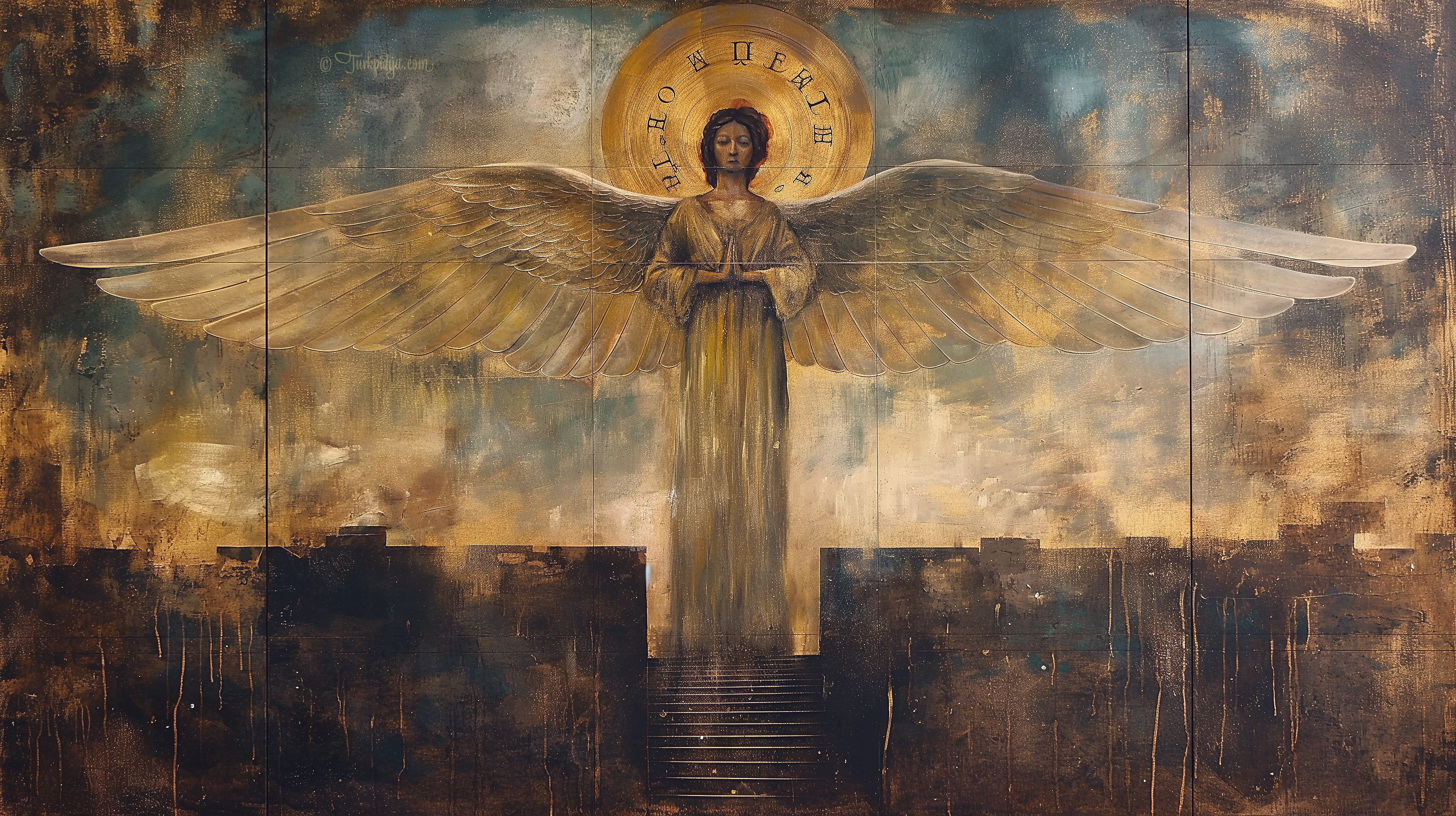
- Location: Smyrna, known today as İzmir, is Turkey’s third-largest city, located on the Aegean coast.
- Historical Significance: As an ancient Greek city, Smyrna was known for its strategic port and as a trade and cultural hub. It has a rich history that spans multiple civilizations, including Greek, Roman, and Ottoman.
- Biblical Reference
And unto the angel of the church in Smyrna write; These things saith the first and the last, which was dead, and is alive
Revelation 2:8
- Archaeological Site: While modern İzmir has grown over the ancient city, archaeological remains, such as the Agora of Smyrna, offer insights into its historical significance.
- Connection to Early Christianity: Smyrna is one of the Seven Churches of Revelation, noted for its steadfast faith in the face of adversity.
- Visitor Experience: Visitors to İzmir can explore historical sites reflecting its ancient past and Christian heritage, alongside enjoying the modern amenities of a vibrant city. Smyrna’s enduring spirit is a testament to its historical and spiritual legacy.
Philadelphia (Alaşehir)
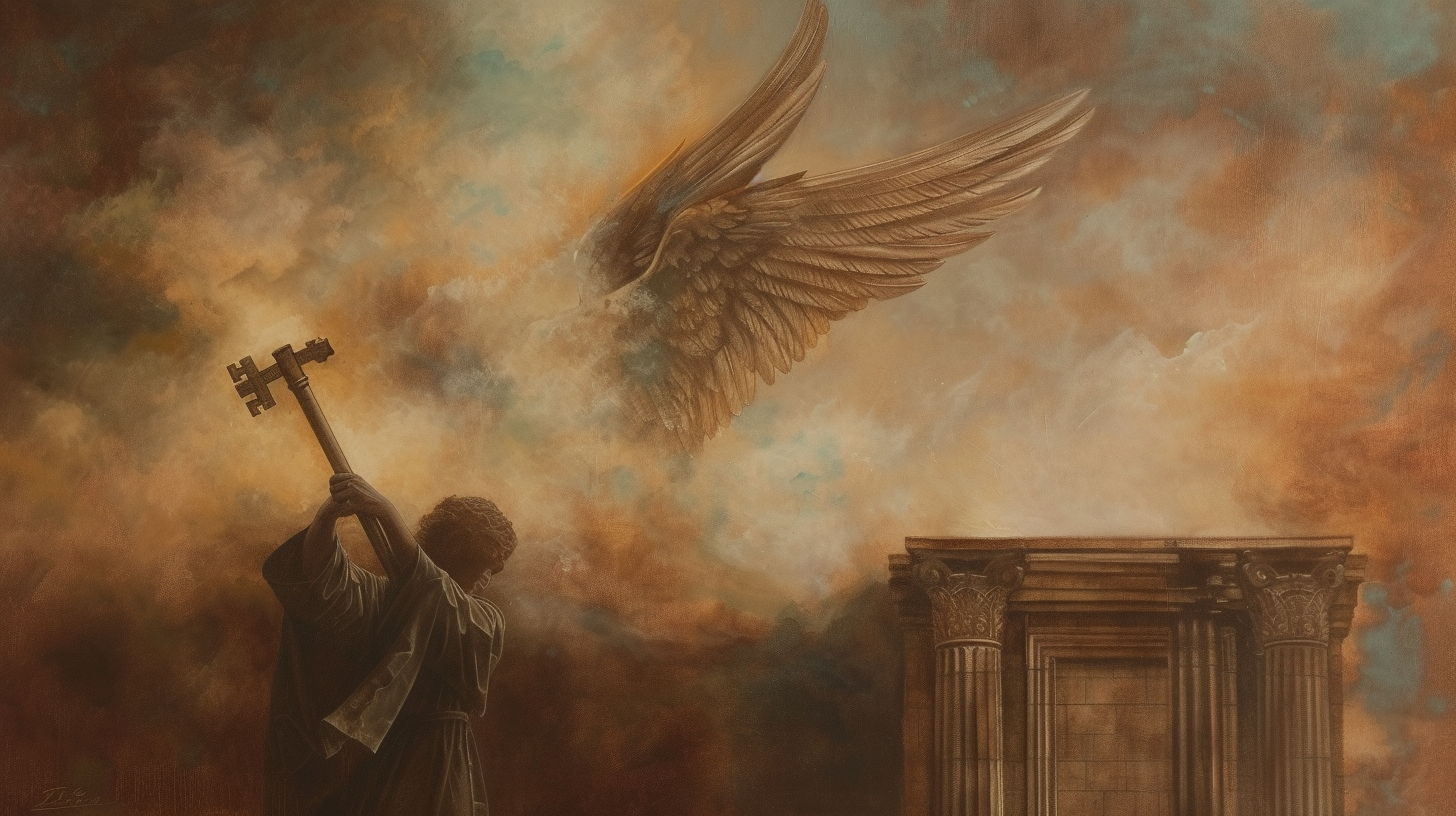
- Location: Philadelphia, now known as Alaşehir, is situated in the Manisa Province in western Turkey.
- Historical Significance: Philadelphia was established in the 2nd century BC and became an important city in the early Christian era, known for its resilience against earthquakes and as a center of trade and agriculture.
- Biblical Reference
And to the angel of the church in Philadelphia write; These things saith he that is holy, he that is true, he that hath the key of David, he that openeth, and no man shutteth; and shutteth, and no man openeth
Revelation 3:7:
- Archaeological Interest: The remains of ancient Philadelphia are more modest compared to other biblical sites, but they include ruins of early Christian churches and city walls, offering a glimpse into its historical and spiritual past.
- Connection to Early Christianity: As one of the Seven Churches of Revelation, Philadelphia’s mention underscores its importance as a beacon of faith and divine favor in the early Christian world.
- Visitor Experience: Exploring Alaşehir today, visitors can connect with the ancient city’s enduring legacy, where the message of hope and divine assurance to the Philadelphia church resonates through history.
Sardis
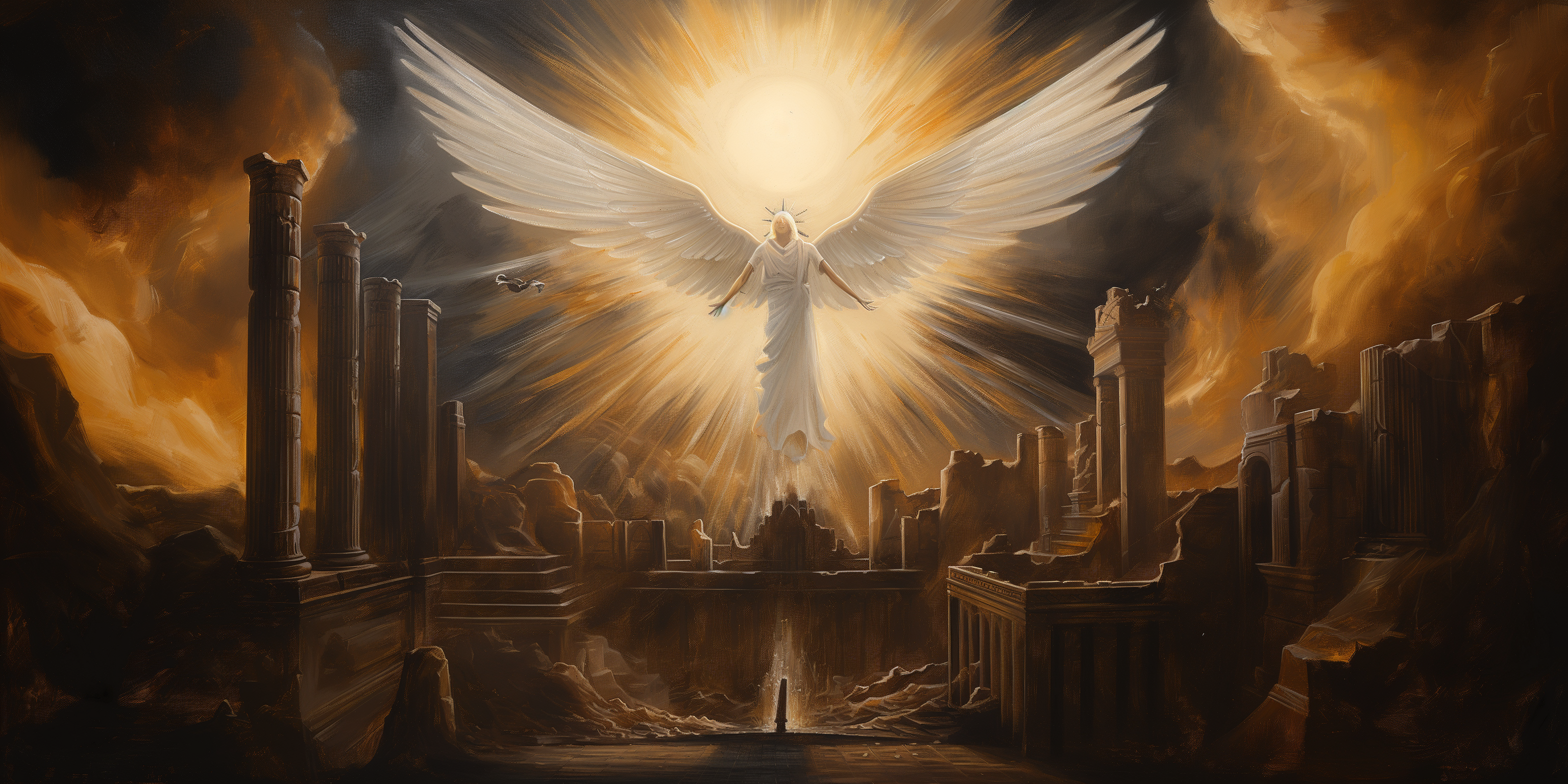
- Location: Sardis is located in the Manisa Province of western Turkey, near the modern town of Sart.
- Historical Significance: Once the capital of the ancient Lydian kingdom, Sardis was renowned for its wealth and as the site where coinage was invented. It was a major city with significant cultural and economic influence.
- Biblical Reference:
And unto the angel of the church in Sardis write; These things saith he that hath the seven Spirits of God, and the seven stars; I know thy works, that thou hast a name that thou livest, and art dead
Revelation 3:1
- Archaeological Site: The archaeological remains of Sardis include the impressive Gymnasium, the Temple of Artemis, and one of the earliest known synagogues, reflecting the city’s historical and religious diversity.
- Connection to Early Christianity: As one of the Seven Churches of Revelation, Sardis’s mention emphasizes its role in the early Christian church and serves as a reminder of the importance of authentic faith and practice.
- Visitor Experience: Visitors to the site can explore the ruins that showcase the grandeur of ancient Sardis, offering insights into its rich history, from Lydian kings to Roman and Byzantine periods, and its place in the narrative of early Christianity.
Echoes of the Past, Inspiration for Today
Standing in these ancient places changed my perspective. These ruins aren’t merely stones; they hold the whispers of apostles, martyrs, and everyday people who shaped the course of faith. Turkey’s biblical landscape is a poignant reminder of the enduring power of belief and the human stories that make history come alive.

